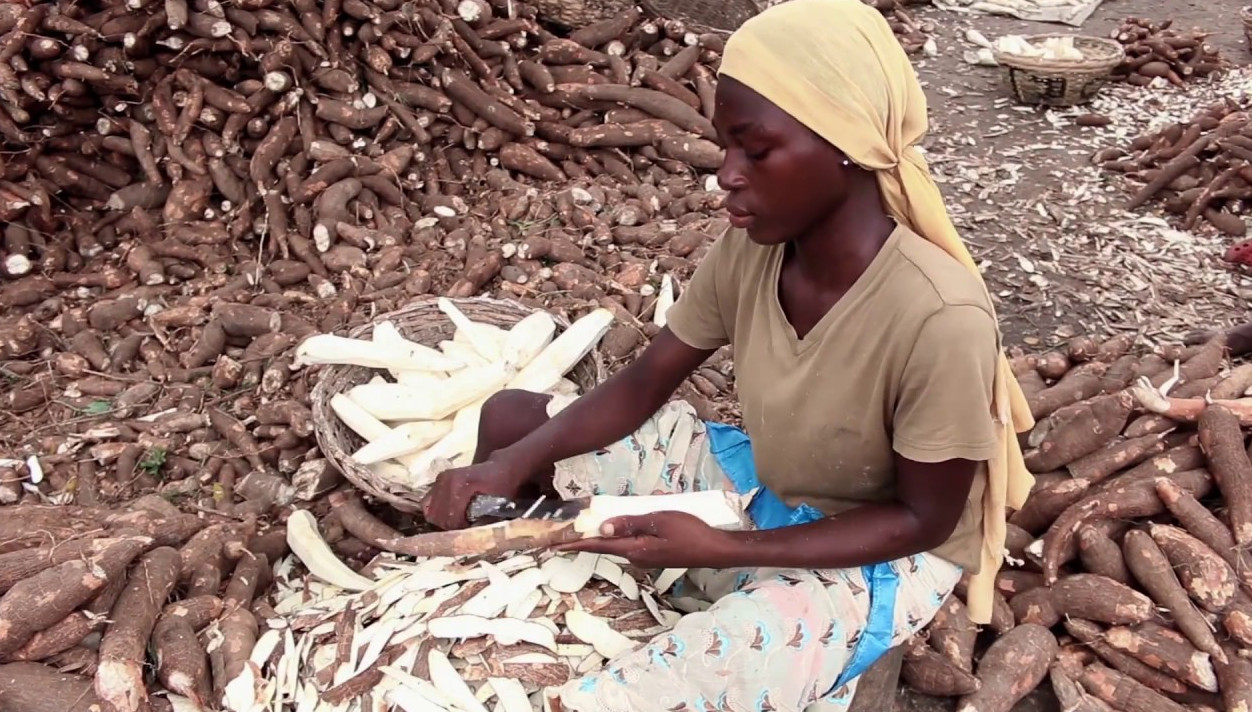Cassava, known scientifically as Manihot esculenta, has been a staple crop in the Philippines for centuries. Despite its versatility and multiple uses, including human consumption, medicinal purposes, and industrial applications, its potential as a feed ingredient for livestock has been largely untapped. While local research dating back to the 1970s and 1980s has highlighted the viability of cassava as a partial replacement for corn in animal feed, the livestock industry has yet to embrace this opportunity fully. This article explores the benefits of utilizing cassava as livestock feed, its current status in the Philippines and globally, and potential strategies to maximize its utilization.

Cassava: An Overview
Cassava, also known as balinghoy or kamoteng-kahoy locally, is a root crop that thrives in various climates and soil conditions. Its adaptability, high yield potential, and minimal input requirements make it an attractive crop for farmers. Moreover, its resilience to pests and diseases adds to its appeal as a sustainable agricultural commodity.
In Asia, particularly in Thailand, cassava production is booming. Significant portions of the crop are allocated for industrial purposes such as ethanol production and starch extraction. Thailand leads cassava production, use, and export, with millions of metric tons harvested annually. Notably, most of Thailand’s cassava production is processed into chips or pellets for animal feed, catering to domestic and international markets.
Cassava as Livestock Feed: Benefits and Challenges
Despite its abundance and potential, cassava remains underutilized in the Philippines as a feed ingredient for livestock. While some commercial feed companies incorporate cassava into their formulations, its adoption is limited, primarily due to challenges related to processing and palatability. However, research suggests that cassava can replace up to 30-50% of corn in animal feed, offering a cost-effective alternative to enhance livestock diets’ nutritional value.
One of the critical challenges associated with incorporating cassava into animal feed is its perishability. Fresh cassava roots require careful postharvest handling to prevent spoilage, posing logistical challenges for farmers and feed manufacturers. Moreover, excessive cassava processing can affect the palatability of mixed feed, potentially impacting animal consumption and performance. However, technological advancements in postharvest processing and feed formulation can mitigate these challenges, paving the way for increased adoption of cassava as a feed ingredient.
Maximizing Cassava’s Potential: Strategies and Opportunities
To fully realize the benefits of cassava as a feed ingredient for livestock, concerted efforts are needed across various stakeholders, including policymakers, farmers, researchers, and industry players. Here are some strategies and opportunities to maximize cassava’s potential:
- Development Programs and Financing Schemes: Government-led development programs and financing schemes can incentivize farmers to cultivate cassava for feed purposes. Subsidies, loans, and technical assistance can support cassava growers in adopting best practices for cultivation, postharvest handling, and processing.
- Market Development and Infrastructure: Establishing market linkages and infrastructure for cassava-based animal feed can create a reliable demand for the crop. Collaborations between feed manufacturers, livestock producers, and agribusiness stakeholders can facilitate the development of value chains and distribution networks for cassava-based feed products.
- Research and Innovation: Continued research and innovation are essential to enhance cassava’s feed value and address existing processing and formulation challenges. Research institutions, universities, and industry associations can collaborate to develop improved cassava varieties, optimize processing techniques, and formulate balanced feed rations that maximize animal performance.
- Capacity Building and Knowledge Sharing: Capacity-building initiatives and knowledge-sharing platforms can empower farmers and feed manufacturers with the necessary skills and information to effectively incorporate cassava into livestock diets. Training programs, workshops, and extension services can disseminate best practices in cassava cultivation, processing, and utilization for feed purposes.
- Policy Support and Regulatory Frameworks: Policy and regulatory frameworks can create an enabling environment for the sustainable production and utilization of cassava as a feed ingredient. Policies related to land use, agricultural incentives, quality standards, and food safety regulations can promote the integration of cassava into livestock feed while ensuring product quality and safety.
Final Thoughts
Cassava holds tremendous potential as a sustainable feed ingredient for livestock, offering numerous benefits in terms of cost-effectiveness, nutritional value, and environmental sustainability. With the right strategies and collaborative efforts, the Philippines can harness cassava’s full potential to enhance its livestock industry’s competitiveness and resilience. By investing in research, infrastructure, capacity building, and policy support, stakeholders can pave the way for a thriving cassava-based livestock feed sector that contributes to food security, rural development, and economic growth. It’s time to unlock the power of cassava and reap the rewards of this versatile and valuable crop.
See Also:
- Unlocking Sustainability: The Role of Stingless Bees in Apiculture
- Unlocking the Potential of Jackfruit: A Key Player in Philippine Agriculture
- Nurturing Organic White Corn Farming in Ilocos Norte
- A Comprehensive Guide to Turmeric Farming and Production
- Mung Bean Farming and Production Guide
